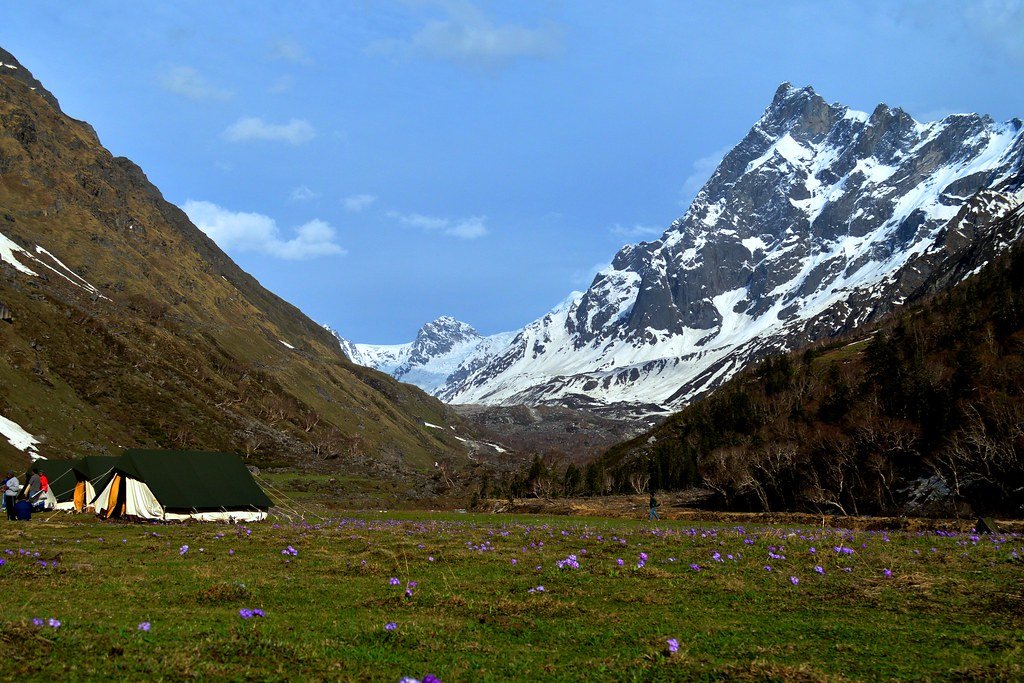Masroor Rock Cut Temple: The Himalayan Ellora | How To Reach
As the sun rises over the Kangra Valley, it illuminates a hidden gem nestled amidst the Dhauladhar range of the Himalayas. The Masroor Rock-Cut Temples, also known as the Himalayan Pyramids, stand as silent witnesses to centuries of history, devotion, and architectural brilliance. Let us embark on a journey to unravel the mysteries of this ancient wonder. These monolithic Hindu temples date back to the 8th century CE and are carved into the rugged landscape of the Kangra Valley. They showcase intricate Nagara architecture and are dedicated to deities such as Shiva, Vishnu, and Devi. Despite being incomplete, the temples are awe-inspiring, inviting travelers to admire their timeless beauty while facing the majestic Dhauladhar range of the Himalayas.

1. Architectural Marvel: The Monolithic Wonder
The Masroor Temples are a testament to the sheer craftsmanship of ancient artisans. Carved meticulously from a single rock, this 15-monument cluster stands at an impressive 2535 feet above sea level. The temples are a version of North Indian Nagara architecture, dedicated to various Hindu deities, including Shiva, Vishnu, Devi, and the Saura tradition. Their surviving iconography hints at a henotheistic framework, where multiple gods coexist harmoniously.
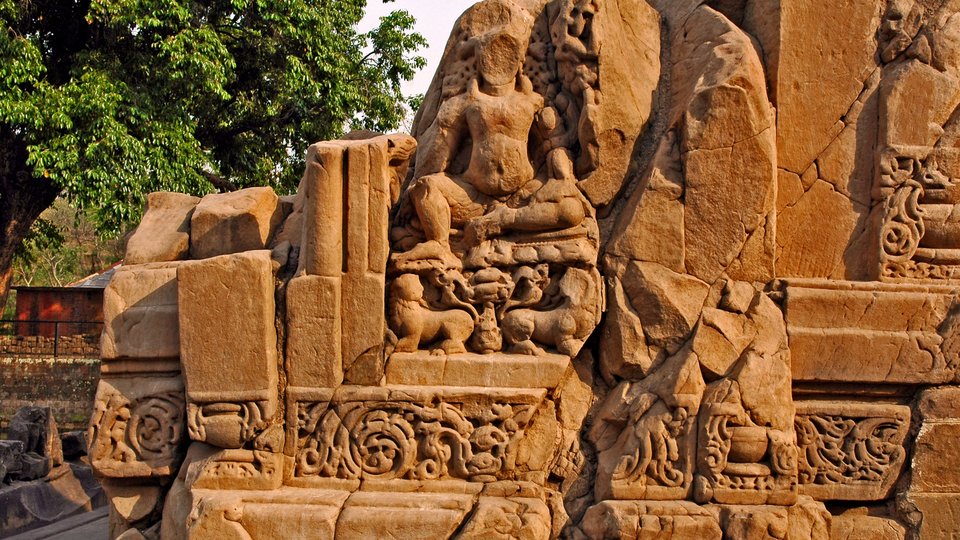
2. The Unfinished Symphony
Although the Masroor complex survives in its present form, archaeological studies reveal that the artists and architects had a far more ambitious plan. The temples were likely part of a grander vision, left incomplete due to time or other factors. Much of the temple’s original sculpture and reliefs have been lost, possibly due to earthquakes or natural wear.
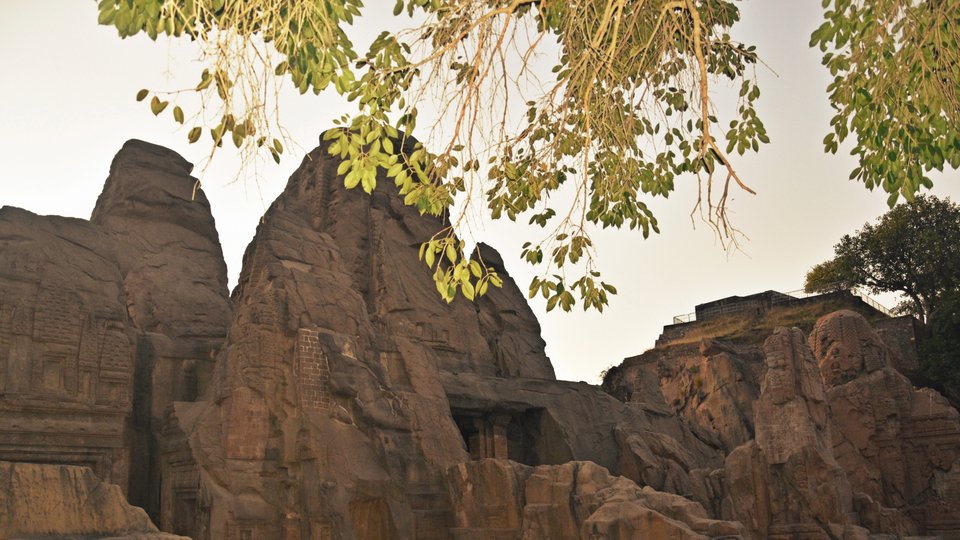
3. Sacred Geometry and Symmetry
The entire complex adheres to a square grid layout, where the main temple stands surrounded by smaller shrines in a mandala pattern. The main sanctum, along with other shrines and the mandapa, follows a square plan. The reliefs on the temple walls depict major Vedic and Puranic gods and goddesses, narrating timeless legends from Hindu texts.

4. The Mystery of the Fourth Entrance
Masroor’s temple complex features three entrances on its northeast, southeast, and northwest sides. However, evidence suggests that a fourth entrance was planned but left mostly incomplete. This oversight led to misidentification and erroneous reports by early 20th-century archaeology teams.
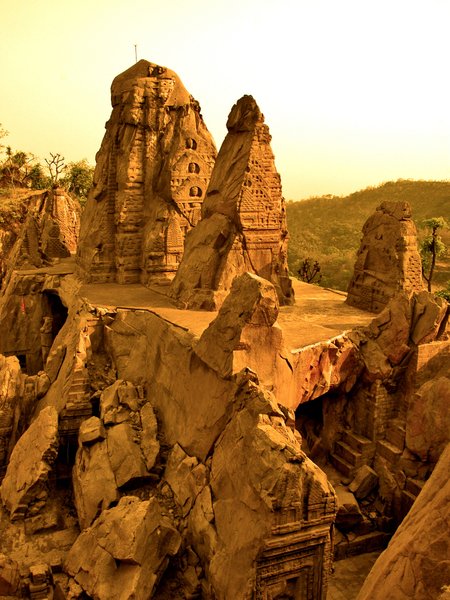
5. Spiritual Significance and Sacred Pool
The temple complex was carved out of monolithic rock, complete with a shikhara (tower) and a sacred pool of water. Taking a dip in this holy water is believed to cleanse devotees of their sins. The Masroor Temples are not just architectural marvels; they hold immense spiritual significance.
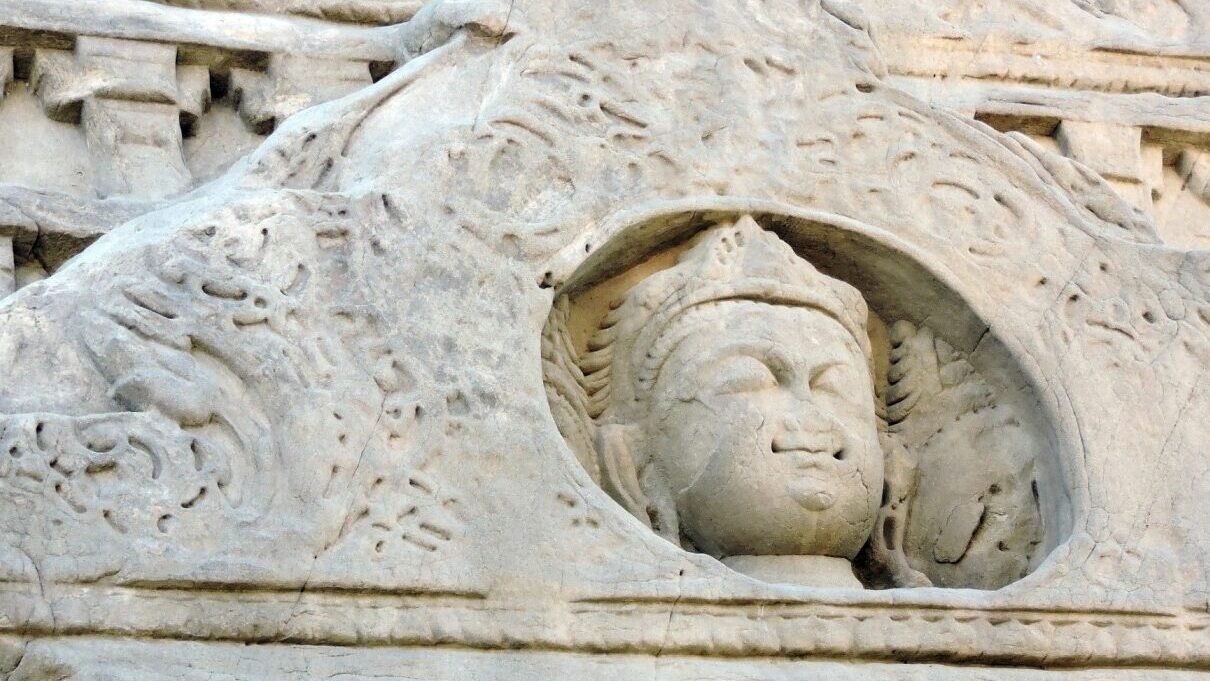
6. How to Reach Masroor from Delhi
- By Air: The nearest airport is Gaggal, approximately 15 km from Dharamshala. Regular flights connect Gaggal to Delhi.
- By Train: The closest well-connected railway station is Pathankot. From there, take a narrow-gauge train to Kangra.
Nearby Places To Visit:
| City | Distance from Masroor Rock Cut Temple | Highlights |
|---|---|---|
| Kangra | 41 km | Kangra Fort, Brajeshwari Temple |
| Dharamshala | 49 km | Tibetan culture, Dalai Lama Temple |
| Palampur | 64 km | Tea gardens, Bundla Chasm, Tashi Jong Monastery |
| McLeod Ganj | 52 km | Tibetan culture, Namgyal Monastery |
| Mandi | 122 km | Bhootnath Temple, Rewalsar Lake |
| Pathankot | 114 km | Ranjit Sagar Dam, Mukteshwar Temple |
In Conclusion
Masroor’s rock-cut temples are a surviving example of a temple mountain-style Hindu architecture, embodying the earth and mountains around them. As you explore this Himalayan wonder, let the whispers in stone reveal their secrets, and may the sacred pool cleanse your soul.
Remember, the Masroor Temples are not just ruins; they are echoes of devotion and artistry etched into the heart of Himachal Pradesh. 🏔️🙏🌟
Frequently Asked Question:
Dharamshala To Masroor Rock Cut Temple Distance ?
The distance from Dharamshala to Masroor Rock Cut Temple is approximately 49 kilometers (30 miles) by road.
Masroor Rock Cut Temple History ?
Masroor Rock Cut Temple, built in the 8th century by the Katoch dynasty, features intricate carvings of Hindu deities and is a significant archaeological site in Himachal Pradesh.
Delhi To Masroor Rock Cut Temple Distance ?
The distance from Delhi to Masroor Rock Cut Temple is approximately 430 kilometers (267 miles) by road.



